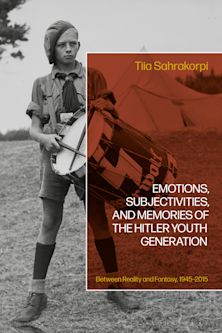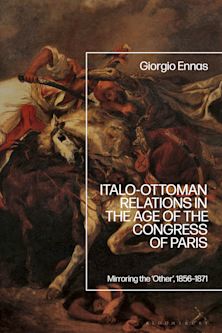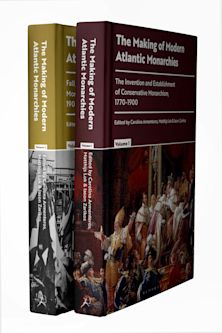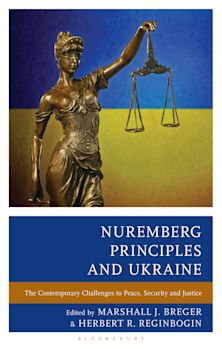- Delivery and returns info
-
Free UK delivery on orders £30 or over
Description
When, in October 1517, Martin Luther pinned his Ninety-Five Theses to the door of All Saints' Church in Wittenberg he shattered the foundations of western Christendom. The Reformation of doctrine and practice that followed Luther's seismic action, and protest against the sale of indulgences, fragmented the Church and overturned previously accepted certainties and priorities. But it did more, challenging the relationship between spiritual and secular authority, perceptions of the supernatural, the interpretation of the past, the role of women in society and church, and clerical attitudes towards marriage and sex. Drawing on the most recent historiography, Helen L Parish locates the Protestant Reformation in its many cultural, social and political contexts. She assesses the Reformers' impact on art and architecture; on notions of authority, scripture and tradition; and - reflecting on the extent to which the printing press helped spread Reformation ideas - on oral, print and written culture.
Table of Contents
Acknowledgements
Timeline
Introduction: 500 Years
1. In the Power of God Alone? Martin Luther and the Theology of the Reformation
2. The Reformation and Dissemination of Ideas
3. The Reformation and the Image
4. The Reformation, Authority and Radicalism
5. The Reformation, Women and Marriage
6. The Reformation and the Supernatural
Epilogue
Further Reading
Notes
Index
Product details

| Published | 19 Dec 2024 |
|---|---|
| Format | Paperback |
| Edition | 1st |
| Extent | 256 |
| ISBN | 9781350151024 |
| Imprint | Bloomsbury Academic |
| Illustrations | 30 bw integrated, 5 maps |
| Dimensions | 216 x 138 mm |
| Series | Short Histories |
| Publisher | Bloomsbury Publishing |
Reviews

ONLINE RESOURCES
Bloomsbury Collections
This book is available on Bloomsbury Collections where your library has access.



































